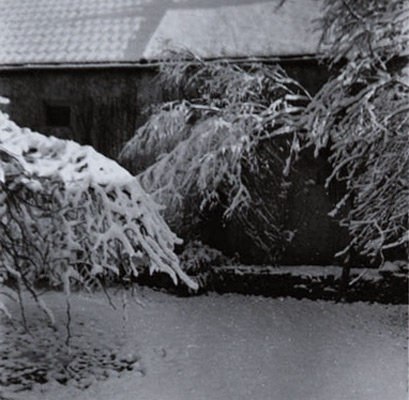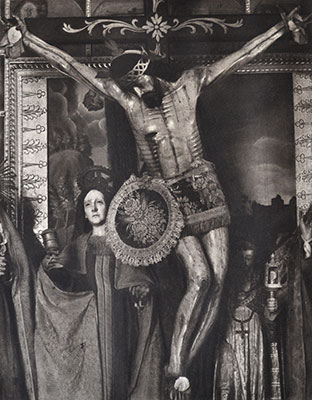Paul Strand
(1890 – 1976)
The photographer’s problem is to see clearly the limitations and at the same time the potential qualities of his medium, the fullest realization of this is accomplished without tricks of process or manipulation through the use of straight photographic methods.
-Paul Strand
Paul Strand was an American photographer and filmmaker who along with fellow modernists photographers such as Alfred Stieglitz and Edward Weston helped elevate photography as an art form in the 20th century. His diverse body of work spanned six decades. Born in New York, as a teenager he was a student of the documentary photographer Lewis Hine at the Ethical Culture Fieldston School. It was while on a field trip in this class that Strand first visited Stieglitz’s 291 Gallery. Stieglitz would later promote Strand’s work in the 291 Gallery and in his publication Camera Work. In the last two issues of Camera Work, dated 1916 and 1917, Stieglitz included the photographs of Paul Strand and wrote that they are, “Brutally direct, pure and devoid of trickery”.
Under the wing of Alfred Stieglitz, Paul Stand and his wife, Rebecca, formed a close friendship with Stieglitz and Georgia O’Keeffe. It was because of Georgia and Rebecca’s visits to New Mexico, at the invitation of Mable Dodge Lujan in Taos, that Strand made his first trip to the area. During his visits to Taos he made his iconic photograph of the San Francisco de Assisi church as well as a number of landscapes in the surrounding area. It was also during a trip in 1930 that he first met West Coast photographer Ansel Adams, also a guest of Mabel Dodge Lujan. This meeting had such an impact on Ansel Adams that as he wrote in his memoir it was pivotal in his decision to pursue photography rather than music.

